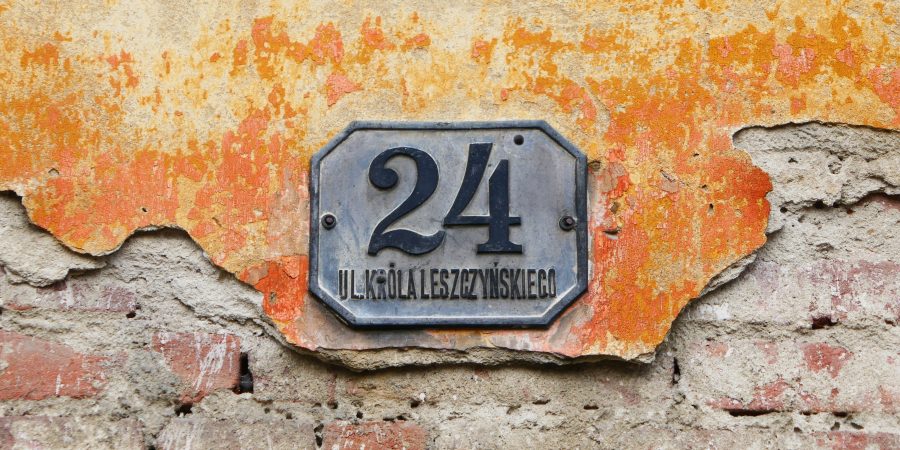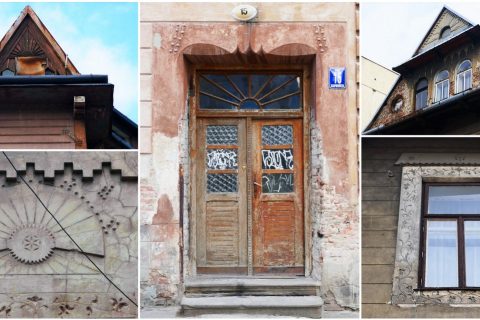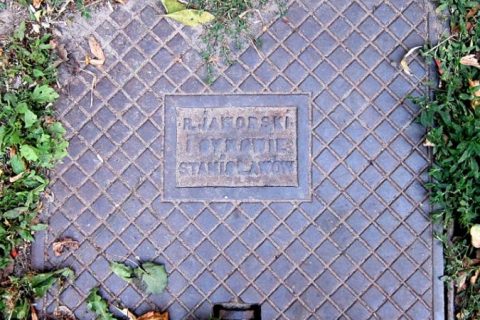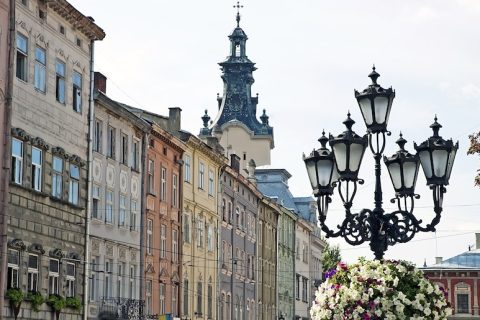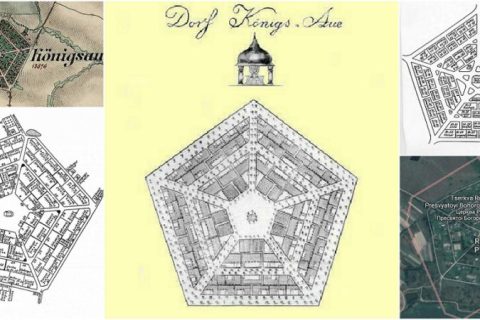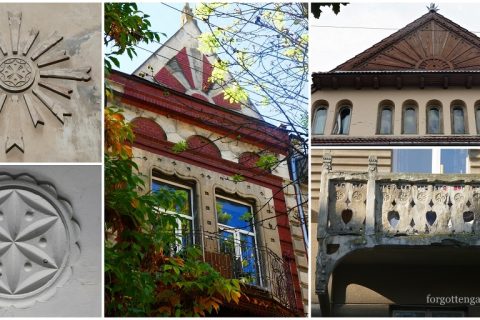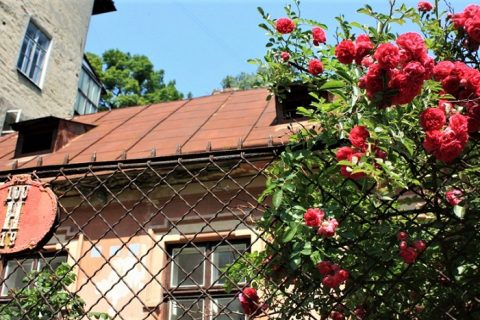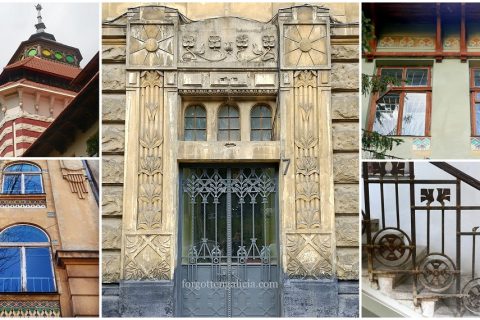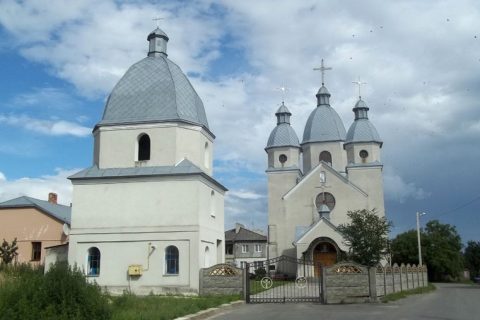Orienting Us through the Past: Historical Street Signage in Przemyśl
It is not uncommon in Przemyśl, Poland, to find two, three, or even four different street signs on one building—dating to different periods and regimes: the Austrian Empire, interwar Poland, Communist Poland, and modern Poland. This is because in Poland there was never a campaign to remove Polish inscriptions from […]
Read More
